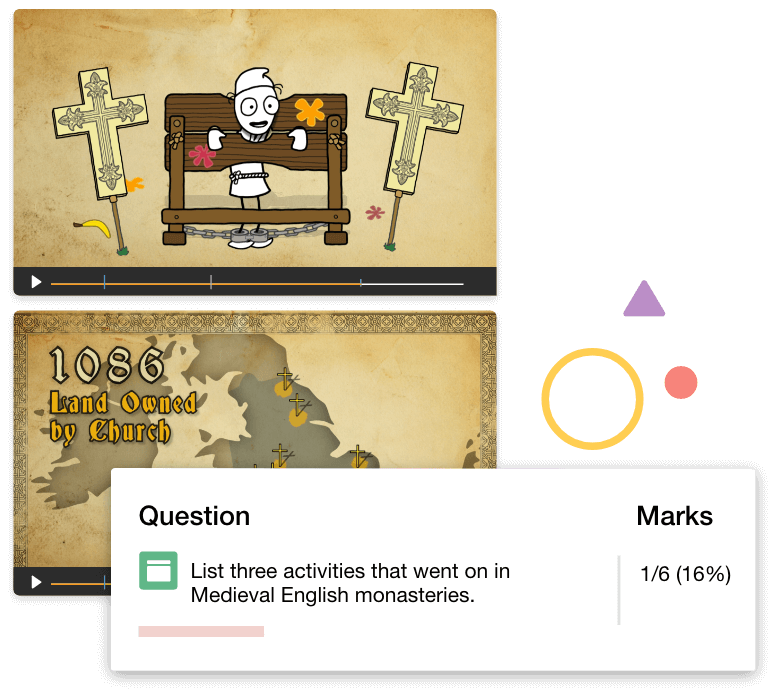Questioning techniques for teachers
Questioning is a flexible tool and one that opens up opportunities for students to discuss and debate. It encourages them to express their opinions and share alternative points of view. It’s a valuable teaching strategy for all educators. When designing questions, educators need to first determine the purpose, and then consider the most appropriate question types for that purpose. Educators need to design questions for higher cognitive abilities, develop questions in a logical sequence, increase wait time to allow students to develop thoughtful responses, and respond appropriately to answers with reinforcement and probing.
Why is questioning a valuable teaching strategy?
- It yields immediate feedback on student understanding and helps to track progress. One way you can use this in class is as an ‘exit’ card, where students are asked a question on their way out of class, testing their understanding of the lesson content.
- It supports informal and formative assessment. It’s a useful way to get a quick gauge of understanding of an individual, small group or a whole class.
- It captures feedback on the effectiveness of classroom teaching. If students have difficulty answering your questions on a particular topic, this may indicate the need for adjustments to your teaching practice.
Questioning can help engage students in learning by:
- Stimulating their interest and curiosity. It can open up possibilities beyond students’ everyday thinking to have them consider ‘What if?’
- Making authentic links to their lives. Questions such as ‘Can you think of an example that relates to your experience?’ or ‘What would you do if something like this happened to you?’ encourage students to place themselves in a new situation, looking at a situation or issue with a different perspective.
Key features of effective questioning

Pre-plan effective questions
There are many reasons to use questioning, with specific types of questions better suited to certain learning activities and goals. For this reason, it’s essential to pre-plan your questions, using open-ended options to help extend thinking. Consider the purpose of your questions. Are they to encourage reflection, engage students, revise content or challenge opinions?

Provide appropriate feedback
It’s your role as the educator to also provide appropriate feedback to students. This feedback encourages deep thinking and supports students to generate questions for further inquiry.

Establish a respectful classroom
It’s also vital to establish a respectful and trusting learning classroom environment to encourage students to contribute to class discussion or respond to questions. Students need to be taught how to have a respectful discussion or debate, so it’s up to you to set up classroom expectations to help students respect the opinions of others.
How ClickView can help with questioning
- Use results and data from interactive videos to help guide your questioning and discussion in class. Always consider the purpose of your questioning for a particular activity.
- Allow your students to ask questions in interactive short answers, rather than orally in front of a group. This format helps encourage less confident students to ask their questions.
- Use interactive question options to prompt discussion. For example, use short answer and image card to compare and contrast.

Discover more questions for teachers to ask
-
Use contemporary content
Use clips from ClickView TV to find current content to engage students and drive discussion and thinking.
-
Explore historical content
Incorporate historical or modern video content as stimulus material to initiate class discussion.
